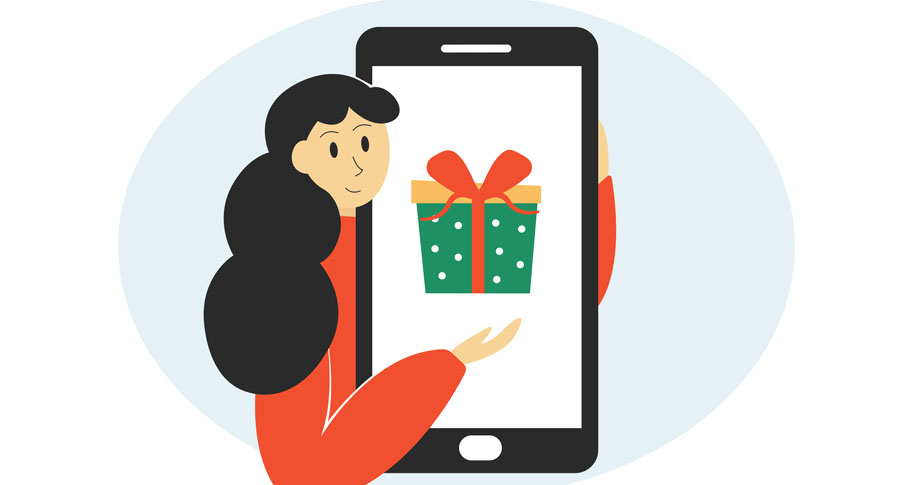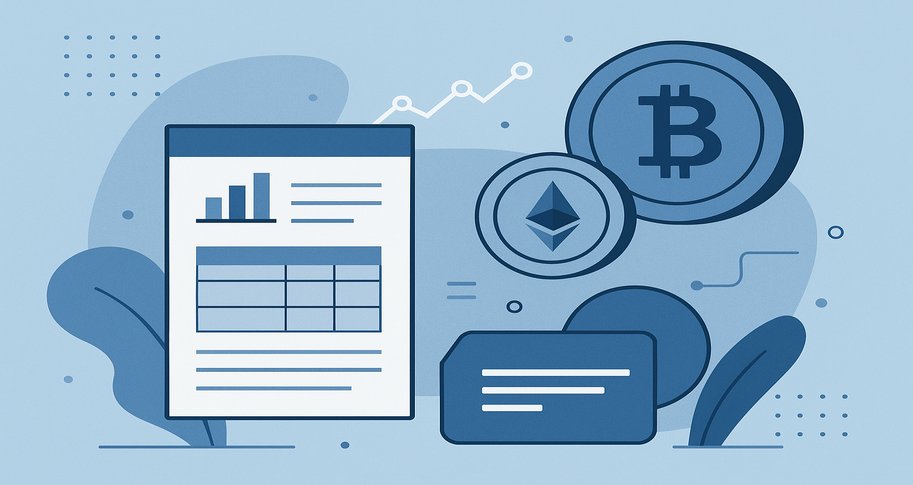
Let’s say your office, like many, plans to host a holiday potluck and that you have agreed to bring a dessert. Since you’re no baker, you’ve expected to purchase the dessert from a local bakery. But you notice one bakery preselling the perfect holiday cake. In order to entice customers to preorder, the bakery offered one of two promotions: $5 off the $20 item or a free, special pastry worth about the same amount of money. Customers were willing to take either offer at about the same rate if they only had to wait three days for their preordered pastry, but when offered the discount, significantly fewer people preordered the pastry when the wait time increased to three weeks. On the other hand, more customers were willing to preorder when they were offered the extra dessert even with the increased wait time.
The above scenario underscores the relevant insights of Scot Burton, Amaradri Mukherjee, and Ronn J. Smith’s findings: customers are willing to delay the gratification of their purchases via preorders, especially when they are offered something that they can savor in the meantime.
Antici…pation
In their study, “The Effect of Positive Anticipatory Utility on Product Pre-Order Evaluation and Choices”, the authors note that prior research has found that consumers tend to prefer immediate consumption. Although they warn that retailers and manufacturers probably ought to avoid delaying delivery after purchase whenever possible, customers can still be encouraged to preorder and then wait especially with non-monetary promotions such as a free gift.
For example, when deciding whether to preorder a new DSLR camera worth $380, the researchers offered participants a gift, a $95 telephoto lens, or a monetarily equivalent discount of 25% off. If the wait time was a week, there was no significant difference between either promotion, and purchase intentions were nearly equivalent. But when asked to wait nine weeks, many fewer participants were encouraged to preorder the camera with only a discount, whereas the free lens protected against whatever negative feelings the participants felt due to being asked to wait longer for their preorder. Furthermore, participants reported similar purchase intentions between both wait times.
Retailers should take notice of how consumers’ anticipation convinces them to preorder a product, especially as preordering becomes an increasingly important promotional strategy – the researchers note a more than 46% growth in 2020 over 2019! Even with the pandemic keeping us home and directing event and vacation dollars to tangible goods, this seems to be a continuing trend. In 2015, the first generation of the Apple Watch garnered 1 million preorders on the first day it was available compared to the first generation of the iPhone and the iPad, which had 270,000 and 300,000 on their first days!
To convert a preorder, anticipating the product seemingly needs to be part of consuming the product. As Burton, Mukherjee, and Smith argue, consumers can find value in waiting just as they value the functionality of the product.
As noted above, for a short delay between the preorder of a product and its delivery, the researchers found that both monetary discounts and free gifts seemed to reduce the negative feelings associated with waiting – it earned them either a 25% discount or a free lens. But for longer wait times, something changed. Customers no longer valued the discount in the same way. They valued the lens more.
Indeed, the promotional, fiscal incentives are by nature utilitarian and cognitive, so consumers tend to reflect on the value of waiting in a more objective stance and are, the researchers argue, less willing to wait because they recognize what they are foregoing. Experiential products, like that gift or a sweepstakes, can induce positive feelings of anticipation that waiting can sap away, inserting fun and excitement where there was once only a yawning expanse of time to fill.
Hype and Desire
Excitement can come from the product itself as well. Products with a strong emotional or experiential charge are considered hedonistically positioned; they are marketed based on what it’s like to own them and be seen using them, like Apple products or luxury fashion brands. These kinds of products are juxtaposed against utilitarian goods, which are marketed specifically by their functional purpose. A store’s own private brand, such as Walmart’s Mainstay line, often typifies utilitarian positioned products. These products simply serve a functional purpose and usually do not generate high levels of excitement in users.
To explore how hedonistically positioned products affected preordering, the researchers had participants evaluate preordering headphones based on their color options and the material they’re made of as well as based upon the functionality of the product, such as the ease of charging it.
Consumers seem to be equally willing to preorder utilitarian and hedonistic products at only a week out, but at nine weeks between order and delivery, the intentions to preorder the utilitarian product drop off. The purchase intentions around hedonistically positioned goods’ preorders, however, remained consistent because consumers could be placated during the wait by imagining what it would be like once they finally had the product.
Moreover, the researchers note, price discounts at times may diminish consumers’ perception of a product’s quality. They suggest, instead, that retailers should use promotions that don’t affect the perceived quality of the product, such as special in-game gifts for video game preorders that add to the perceived value of the product without game producers needing to functionally change the game for preorders or contract to manufacture costly merchandise.
In fact, the research supports earlier findings that predict consumers are willing to pay more for products that are positioned as luxury or hedonistic. A price discount may, therefore, be undermining sales goals because it would diminish the cachet of owning a luxury good. For example, I’ve long trained in jiujitsu and I know the value of having high-quality apparel for training and matches. I know for sure that I wouldn’t spend almost $300 for a gi from Shoyoroll or A&P if I could just wait around for a discount!
Likewise, when a product has favorable buzz, consumers are more likely to preorder it as well. Just knowing that they will eventually get that hot new product keeps them excited over the waiting period. There might be a lot of noise to cut through on the internet, but Burton, Mukherjee, and Smith’s research suggests there is a lot to be gained by companies who can successfully make their products go viral.
So, when you need customers to preorder your products or services, as this research suggests, you should get them excited by enhancing the anticipation of ownership, so they’re not disappointed when they inevitably need to wait.
Current events make clear the importance of Burton, Mukherjee, and Smith’s research. The global pandemic has induced havoc on global supply chains, increasing wait times for all sorts of goods – luxury and essential. Corporations are thus confronted with an opportunity (and perhaps a necessity) to reconsider how to efficiently provide consumers with the goods and services they need. Given the shortages created by the pandemic, it is more important than ever that companies learn how to get customers in line for products and keep them excited during longer and longer wait periods.







